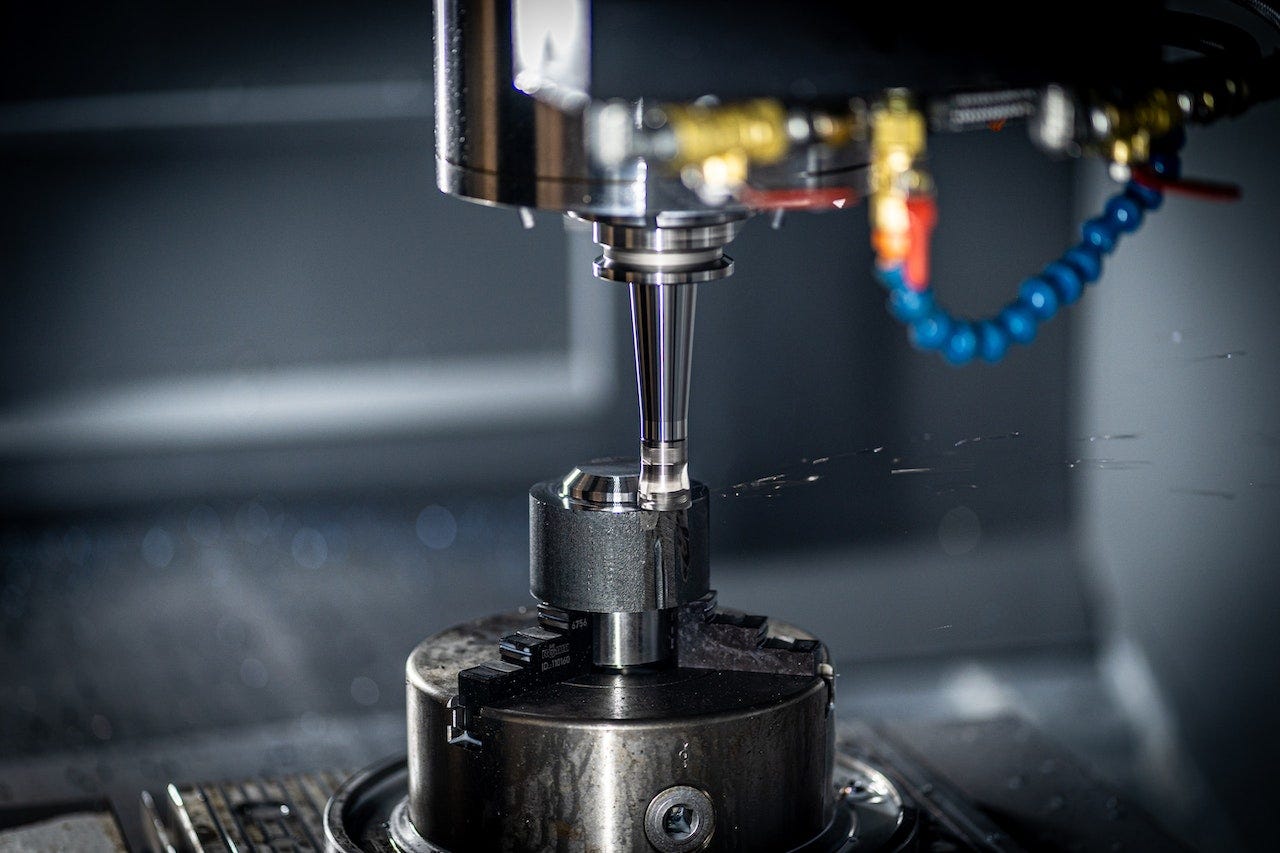Two procedures—CNC milling and CNC machining—have emerged as the pillars of accuracy and adaptability in the field of modern production. These techniques have set a high standard for efficiency and accuracy in the industry that produces complex parts, prototypes, and finished products. Prototool is a leading example of a successful company that provides adequate CNC machining and milling services around the world.
CNC Machining: A Precision-Centric Craft
The term “CNC machining” refers to a method of fabricating items from solid blocks or cylinders of materials, such as metals and plastics, that is computer-operated software-based. To produce the finished product, the process is focused on removing extra material. Its exceptional qualities have made CNC machining a useful process in manufacturing and prototyping due to its high accuracy and precision.
At its core, CNC machining makes use of variously sized and sharp cutting tools. A computerized system that controls the tool’s movement and cutting parameters allows for exact control of the precision and amount of material removal. Because of its Prototool’s high degree of accuracy and reproducibility, CNC machining is the best option for creating prototypes and finished goods across a variety of sectors.
CNC Milling: Sculpting Precision with Multiple Axes
Complex mechanical components are made using CNC milling, a specialist branch of CNC machining. Through Prototool’s multi-axis capabilities, particularly 3, 4, and 5-axis milling, which enable cutting from various angles and directions, it sets itself apart from conventional machining techniques.
The process of CNC milling starts with a digital file created by computer-aided design (CAD) software. This file is transformed into G-code, a machine-readable format. The cutting tool moves to remove extra material, revealing the desired form of the object in the process. The CNC machine’s table may or may not move, depending on the needs of the part. CNC milling is praised for its accuracy and capacity to produce complex, smooth components.
The CNC Machining and Milling Process
Understanding the route that CNC milling and machining travel is crucial to fully understand their impact:
- Digital Design: The process starts with a digital design that is created with the aid of Computer-Aided Design (CAD) software and contains all the specific information about the part.
- The computer design is then converted to a machine-readable format called G-code, which directs the motions of the CNC machine.
- Material Selection: The best material, whether it be plastic, metal, or another specialty material, is selected depending on the project requirements.
- Machining: The CNC machine starts the machining process with specialized cutting tools. The G-code meticulously regulates how the instrument moves.
- Quality Control: To ensure that every detail meets the required tolerances, quality control procedures are used throughout the machining process.
- Surface finishing: To achieve its desired appearance, the object may go through different surface finishing processes after machining.
- Final Inspection: The completed part is thoroughly inspected to make sure it is in accordance with the design requirements and applicable standards.
- Delivery: The finished component is packaged, labeled, and given to the client when it is prepared to serve its intended purpose.
The Advantages of CNC Machining and Milling
These procedures have a number of benefits:
- CNC milling and machining produce products with exceptional accuracy, ensuring reliability and consistency.
- They are versatile and fit for a variety of industries and applications since they can operate with a large variety of materials.
- CNC machining’s automated nature lowers the risk of errors and accelerates output.
- They are excellent at producing complicated shapes that would be difficult to produce using other techniques.
- CNC milling and machining can produce parts with very tight tolerances, making them ideal for sectors with high standards.
Conclusion
CNC milling and machining are the pinnacles of skill and precision in the manufacturing industry. These procedures have revolutionized industries and made it possible to produce components and parts with exceptional accuracy. CNC machining and milling by Prototool play crucial roles in influencing the industrial environment, from aeronautical engineering to the production of medical devices.
